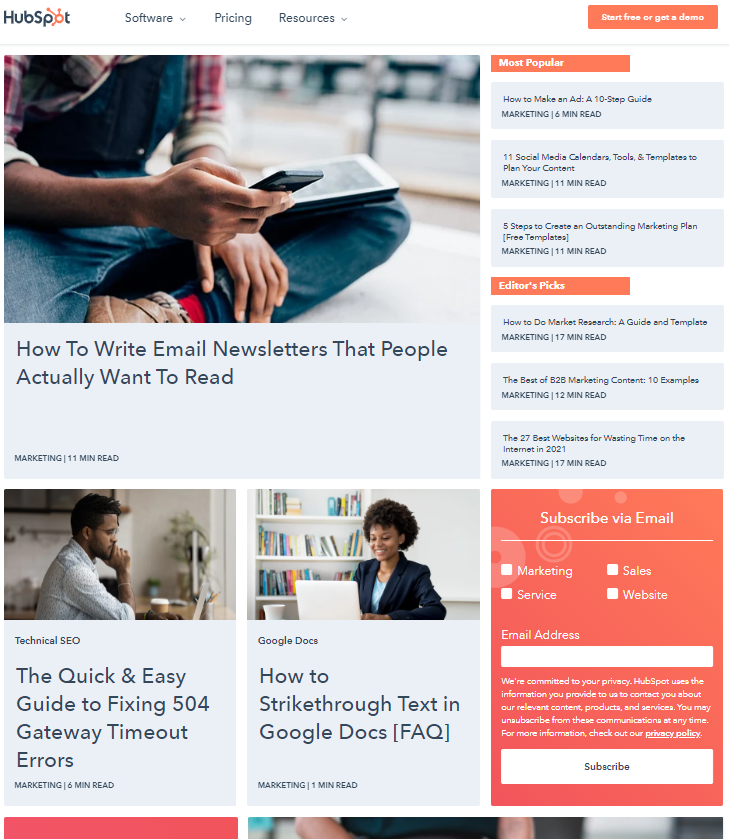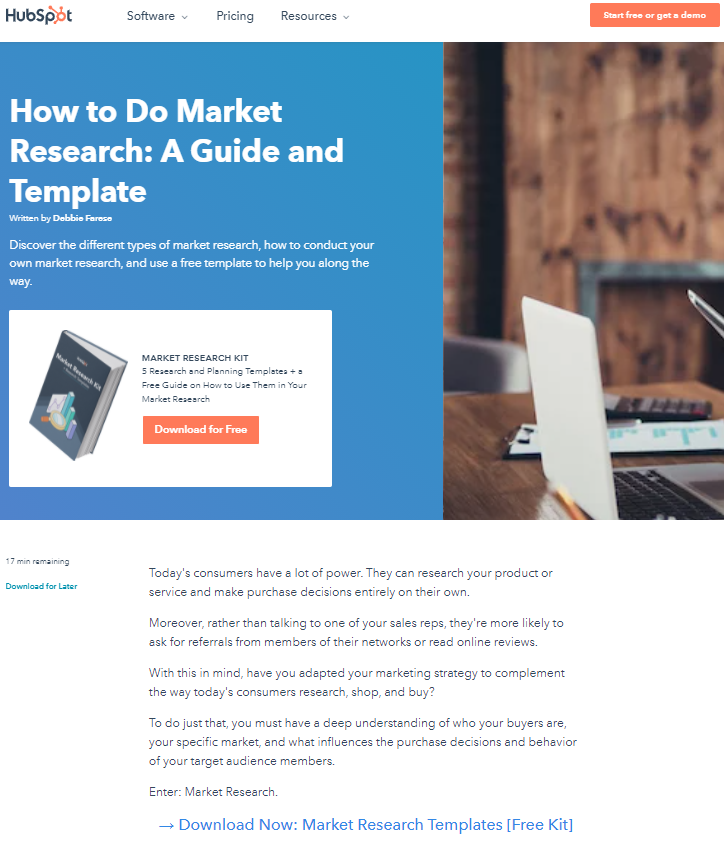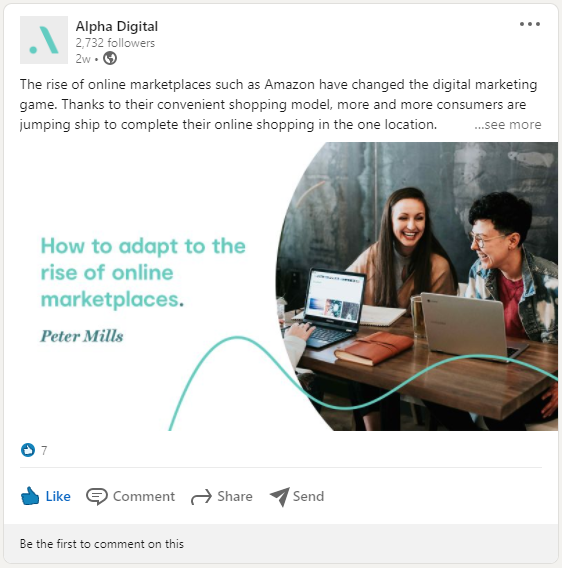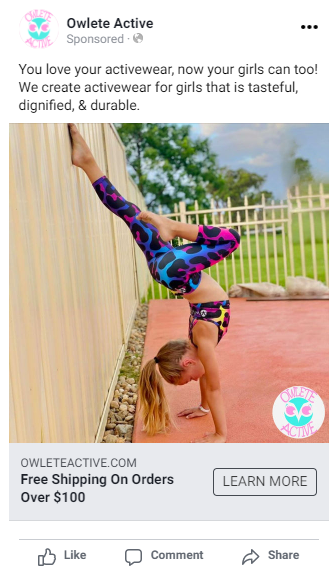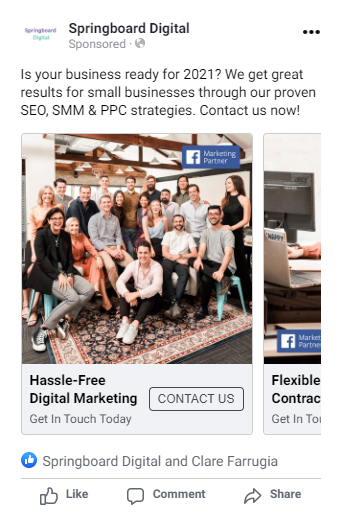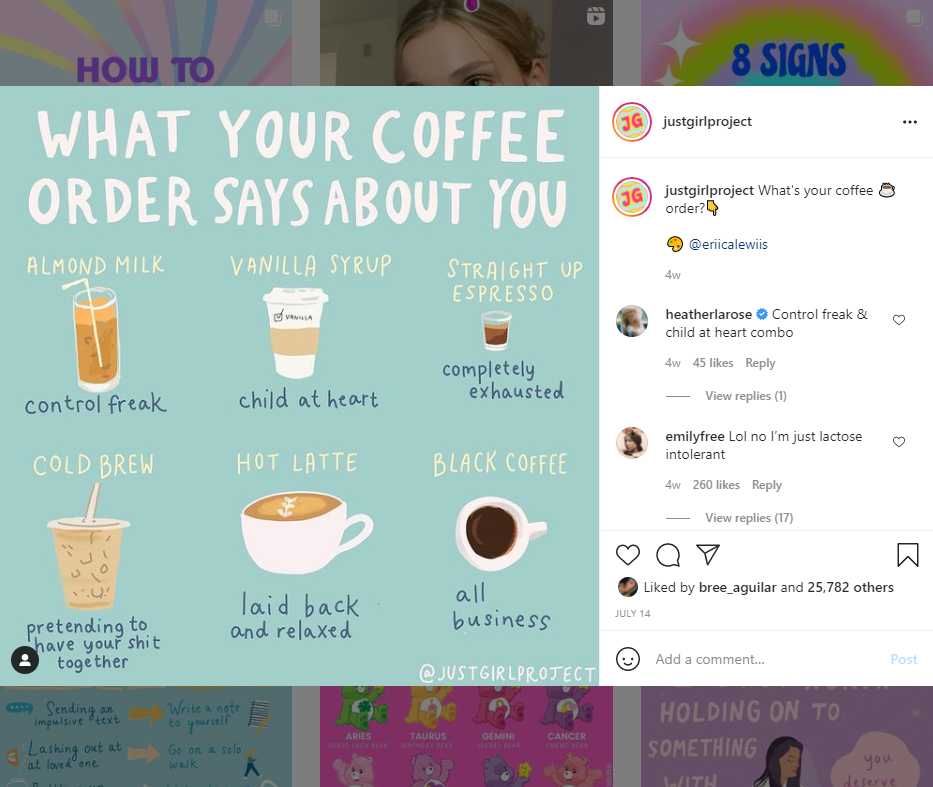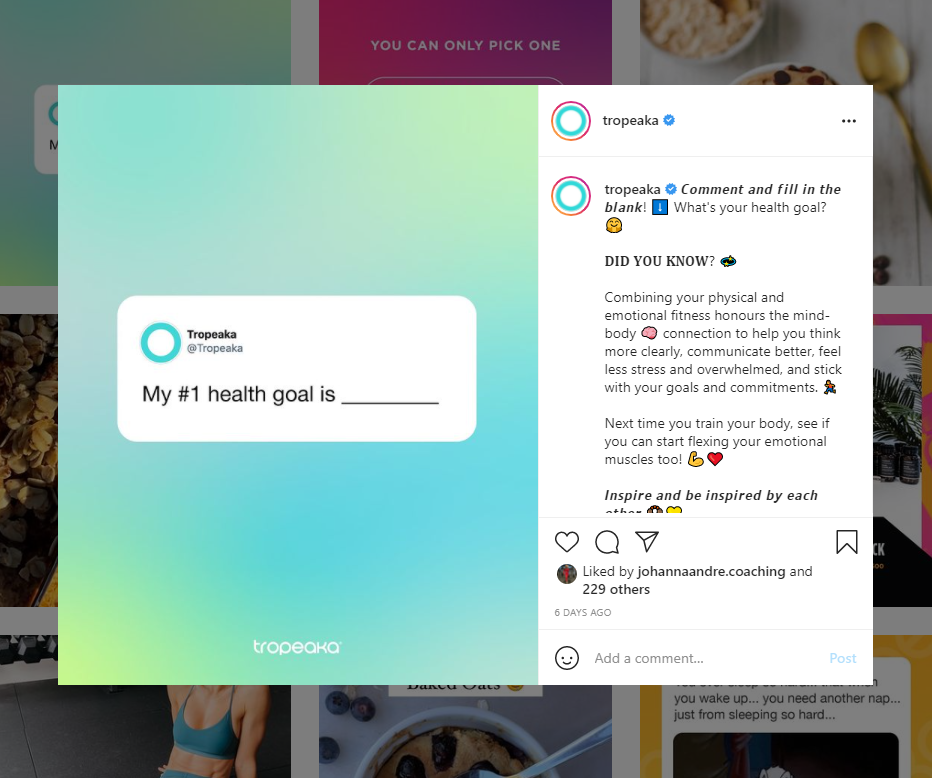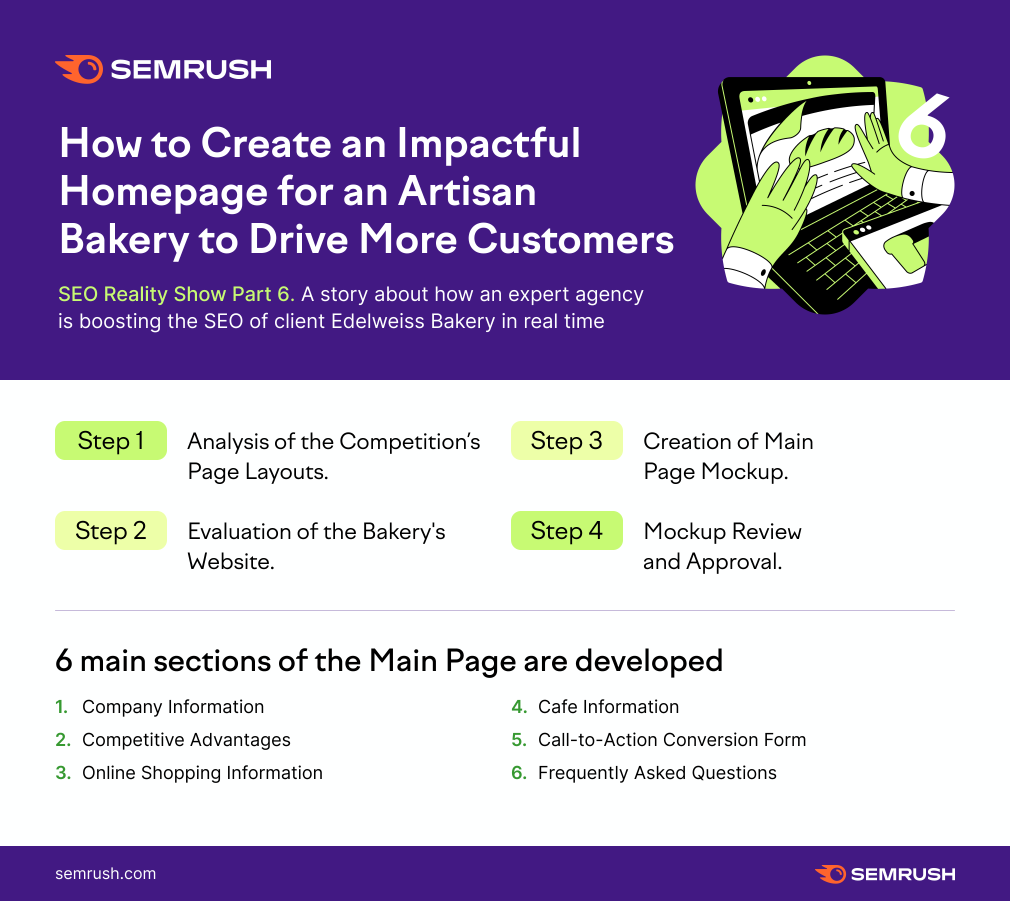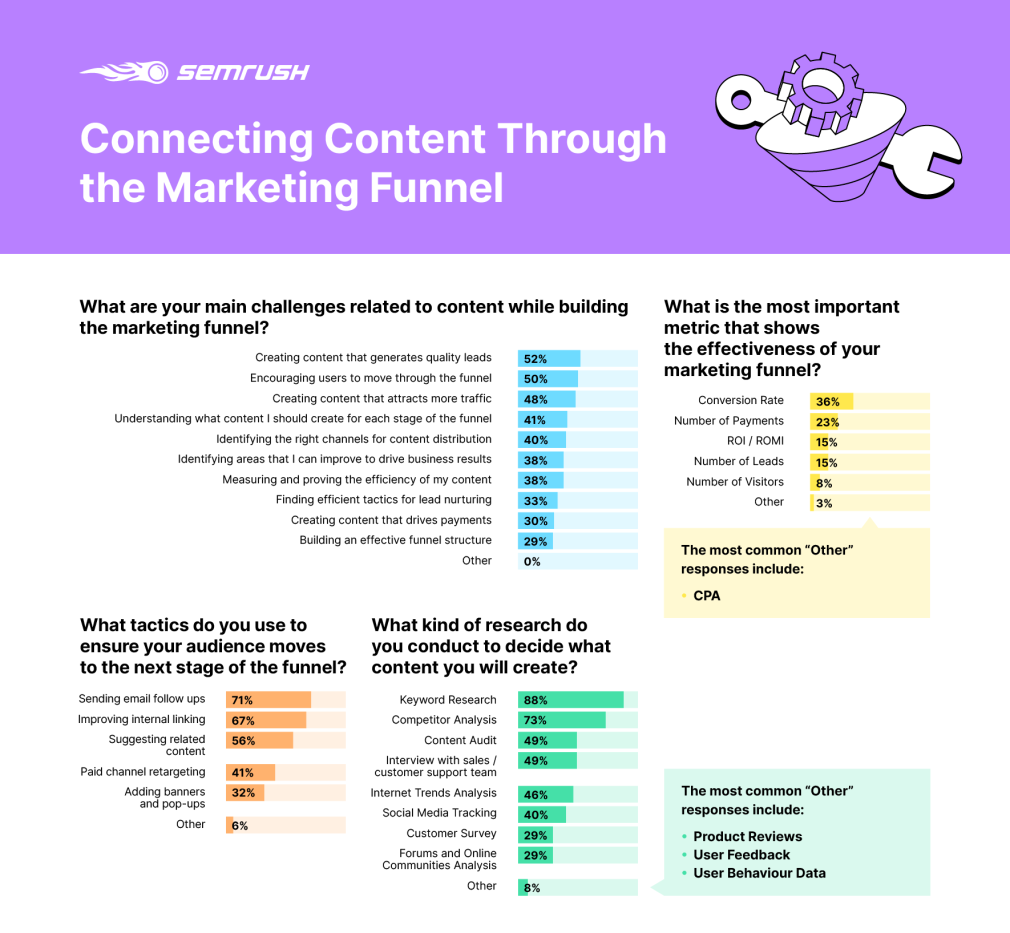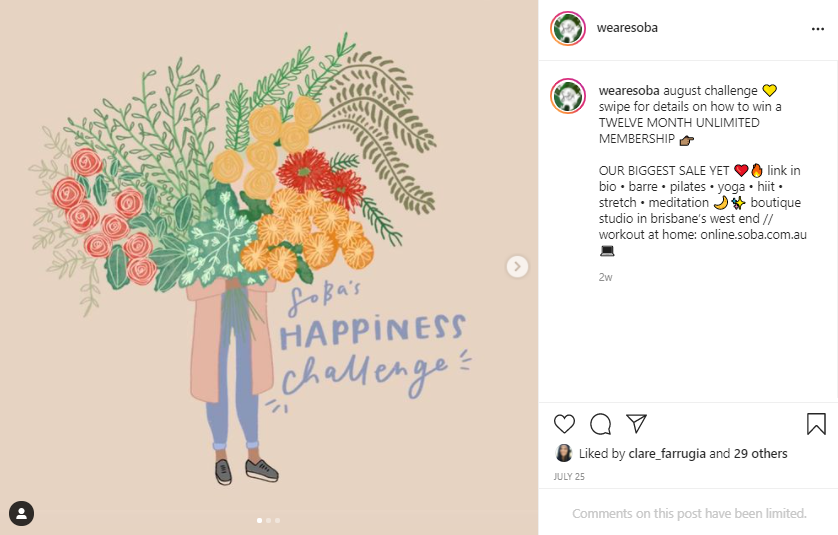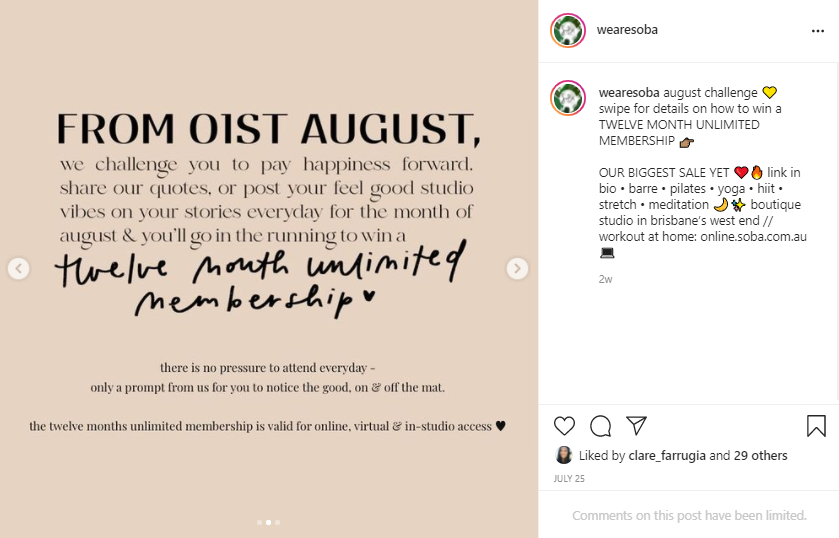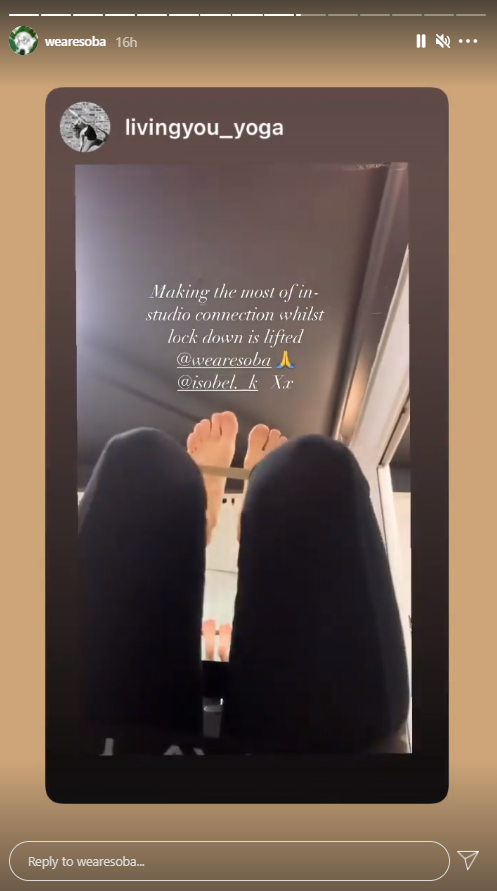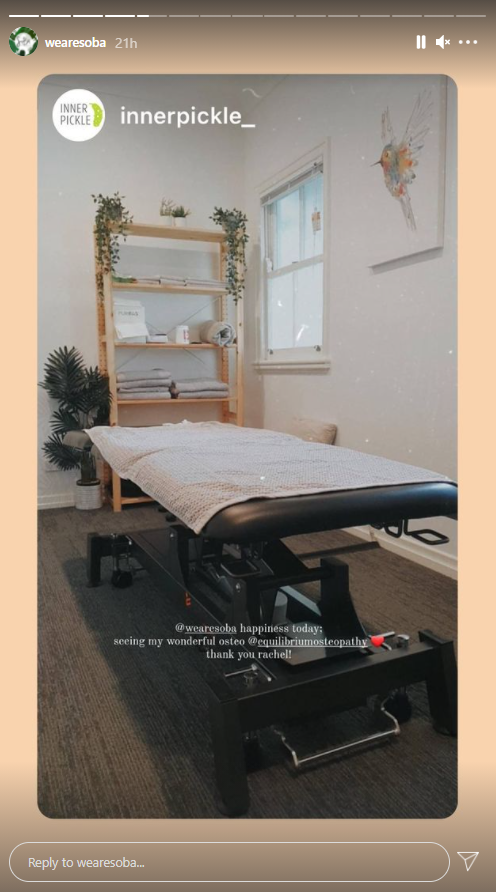What is Content?
Long gone are the days of cold calling and mailbox drops. Content is the future of marketing.
Contrary to popular belief, content doesn’t just refer to imagery. In digital marketing, the term ‘content’ refers to any form of textual, graphic, visual or interactive element in your business’s online presence. It should always convey information that’s valuable to your audience.
In this article, we’ll dive into why content is important for your digital marketing strategy, different types of content, how to use content to target different stages of the marketing funnel, how to create engaging content and more.
Read on to up your content game!
Why is High-Quality Content Important?
It presents information in a meaningful way that provides value
There’s nothing less engaging than ugly website pages, with low-quality images and blog articles that barely have enough information to answer your questions.
Quality content is often the difference between a customer choosing you over your competitor. Imagine you’re looking for a landscaping service – business A’s website includes professional images and a plethora of helpful blog posts with industry insights, tips and tricks, whereas business B’s website has thin blog content and no imagery. It’s no surprise that business A would be raking in the leads.
Ultimately, people choose to engage with your business online of their own accord. Whether it’s through your website or social media platforms, the only way they’ll hit that follow or subscribe button and keep coming back for more is if what they receive in return is valuable.
Valuable information benefits the user, which is why rich, multimodal content performs well. Don’t follow the crowd – use your branding and unique selling proposition to stand out from your competitors.
On the flip side, content marketing also provides value to you. According to Demand Metric, content marketing costs 62% less than traditional marketing tactics but generates three times more leads.
It promotes interaction and shareability
High-quality content is also important because it encourages users to interact with the content, your website or social media. Interaction can be measured with metrics such as likes, reactions, comments or third-party tags. All of these things prove to a platform (such as Facebook, Instagram or Google) that your content is valuable, therefore boosting its ranking in an algorithm, feed or search ranking.
If your content is high-quality, it is also likely to be shared. This may include a story share or repost on social media, or earning links from other websites.
For content to be shareable, it must provide enough value for users to want to share it with their audience. It could be as simple as an inspirational quote post on Instagram, or a detailed blog article on Python coding. No one will be inspired to share a glitchy video that doesn’t have any real purpose.
High-quality content is therefore very helpful for extending your reach into new demographics and larger audiences.
It helps SEO
Content helps your website’s search engine optimisation in more ways than one. Let’s take a closer look.
Firstly, using high-ranking keywords in blog posts and webpages will improve your website’s ranking in Google search results. By including keywords that are hyper-relevant to your business, products or services, Google will have a clear idea of your purpose when it crawls your website, and will feature you in relevant searches. Be sure to conduct thorough keyword research – we recommend using SEMRush for this.
Secondly, high-quality content is more likely to earn valuable backlinks from other websites. When authoritative websites link to your website, it proves that your website is trustworthy and gives you a vote of confidence in Google’s eyes, therefore improving your ranking. This works both ways – be sure to link to reputable websites in your own blog posts.
Thirdly, up-to-date content is rewarded. Google works hard to find the most relevant information for search queries, so if your content is regularly updated and added-to, it will see you’re active and working hard to provide relevant information.
In summary, up-to-date, high-quality kills two birds with one stone – your customers receive value and you are rewarded by Google for doing so.
It gives your business authority
Frequently sharing high-quality content on topics relevant to your business, products or services proves you have extensive knowledge and experience, therefore boosting your authority in customers’ eyes.
For example, imagine you’re in the market for new skincare. If one brand frequently shares helpful blog posts, videos, downloadable PDFs and infographics, their products will appear more reliable than a competitor who solely promotes their products and has a simple ecommerce store. Need we say more?
Types of Content
Blog Posts
According to Demand Metric, websites with blogs generate 67% more leads per month. This is for a number of reasons:
- They can include multimodal content, such as photos, videos and downloadables
- They earn valuable backlinks
- They target high-ranking keywords
- They attract organic traffic
- They’re shareable
- They demonstrate your business’s expertise in your industry
HubSpot’s Blog is a great example of a populated, organised & valuable blog:
Your blog should sit under a clear menu tab on your home page and act as a resource hub for all of your posts. Before you begin writing a new post, conduct keyword research so you can target high-ranking keywords and searches.
Ensure every blog post contains:
- A keyword-rich title and H1 subheadings
- High-quality images or videos. Unsplash is an extensive database of free-to-use images we highly recommend.
- Links to other blog posts or product/service pages
- Links to other authoritative websites or resources
- A significant word count
- A call-to-action
Blog post readers are nearly always high-intent, so including a call-to-action at the end is imperative. It may encourage them to contact you, continue their journey through your website, visit your social media, fill out a form or subscribe to your mailing list. Make this process as easy as possible by linking to the relevant page.
Check out this blog post for more information about writing SEO-friendly content in 2021.
Social Media
It can take time and effort to establish a social media marketing strategy that works for your business, but, once you find what works, it’ll work wonders. When it comes to content marketing, social media is often treated as its own entity due to its complexity and existence across organic and paid strategies.
Each social media platform has its own best practices, quirks and algorithms. These are our top tips for producing high-quality content for social media:
- Ensure your images and videos are high-quality, sized correctly and relevant to the topic of the post.
- Include a call-to-action in the caption to drive users to interact further with your brand, whether it’s by tagging a friend in the comments, visiting your website, making a purchase, or something else entirely.
- Post regularly and try to stick to a schedule. We recommend the calendar and scheduling tool Hootsuite.
- Use consistent imagery and tone of voice to keep your brand consistent across accounts.
- Develop platform-specific content pillars – what works for LinkedIn may not work for Facebook.
Check out these examples:
For more information, check out our blog post on how to build your business for free using organic social media.
Infographics
Infographics are pictorial representations of data or information that aim to convey a message clearly and memorably. They generally go alongside blog content or are posted on social media.
Text, media and audio content compete for our attention on a daily basis. According to the International Visual Literacy Association, visual information is processed quicker than text or audio because it’s direct, effortless, eye-catching and natural. Long story short, infographics are engaging!
Nowadays, everyone can create infographics using free, easy-to-use platforms like Canva or Piktochart. These platforms have templates, elements, themes and fonts to help you create incredible infographics within minutes. We recommend remaining consistent with your branding to promote cross-platform unity.
Infographics are a great way to spice up your Instagram feed, encourage interaction and stand out from your competitors. Check out these examples:
Photos & Videos
Visual imagery is important in content marketing. Let’s lay down the stats:
- According to a report by Hubspot, people are six times more likely to remember information after three days if relevant imagery is paired with it
- According to a report by Cisco, mobile video content has increased 17 fold since 2012
- According to a HubSpot survey, 54% of consumers wanted to see more video content from a brand or business they support.
- According to a report by Buzzsumo, Facebook posts with images get 2.3 times more engagement than those without.
Long story short, including photography and videography in your content marketing strategy is essential. For smaller businesses it may not be viable to hire a professional, so we recommend scheduling time during the week for content creation, photoshoots and editing. If possible, ask a favour from a creative friend.
For businesses with a larger budget, we highly recommend investing in professional content creation. Talented freelancers tend to offer a variety of packages, including monthly and bi-monthly packages and one-off shoots. Using high-quality, brand-consistent imagery across your platforms is important for brand cohesiveness and building brand trust.
The beauty of images and videos is that they can be used across all social and online platforms. We recommend adding them to your blog posts, website, social media, digital ads, EDMs and more…the options are endless.
Downloadables
Free, downloadable content generally refers to PDF guides, reports or eBooks. For example, a digital marketing agency might have social content calendars, industry insight reports or basic how-to guides available for website visitors to download for free.
Like blog posts, downloadables prove you’re authoritative and knowledgeable in your industry and provide significant value for customers. After all, who doesn’t love free stuff?
Creating great, free downloadable content that your customers actually want means you can offer it in exchange for their email addresses. As a result, you’ll build up your email list with contacts who are genuinely interested in what you have to offer, helping you to gently nurture them into customers or clients.
You could also trade free content for a like on Facebook, or a follow on Instagram. The options are endless.
Hubspot’s blog often provides new downloadable resources alongside their blog posts, but readers have to sign up to access them.
How to Create Engaging Content
Know your target audience
Understanding exactly who you’re targeting and what you want them to do with your content will help you create something valuable, appropriate and destined for success. Typically, your content’s target audience will align with your business’s target audience, as the purpose of high-quality content is to push people down the marketing funnel until they convert.
Familiarise yourself with your target audience and create a customer profile. What is their gender? Nationality? Age? Interests? Values? Work? Geographic location? Desires? Buying behaviours? Emotional and mental triggers? Connecting on an emotional level will help craft your content into something valuable and engaging.
Utilise interactivity
In today’s digital world, content is only limited to your imagination. Forget boring Instagram posts and stock-standard downloadables… create something that engages your audience by getting them involved with your business in a personal way. Utilising your social media is the easiest way to get started.
This can be as simple as asking a question in a Facebook caption or posting a questionnaire on your Instagram story. For example, a restaurant may generate a series of questions related to their menu on their Instagram story for customers to respond to. This can be built up with cheap incentives, such as offering a free coffee to everyone who gets 100% of the questions right. By asking customers for their opinion, it demonstrates you value them.
Here are some other examples of interactive digital content:
- Establishing a brand hashtag and encouraging customers to tag you in their social media posts
- Posting user-generated content on your business’s social media accounts
- Instagram story polls and question boxes. Make sure you answer customer questions often!
- Questionnaires that lead to personalised emails
- Multimedia emails, eBooks or PDFs
- Quizzes
- Webinars
- Interactive infographics
Pillow Talk uses the hashtags #PillowTalkAustralia #ForTheLoveOfComfort to encourage their customers to tag them for a chance to be featured.
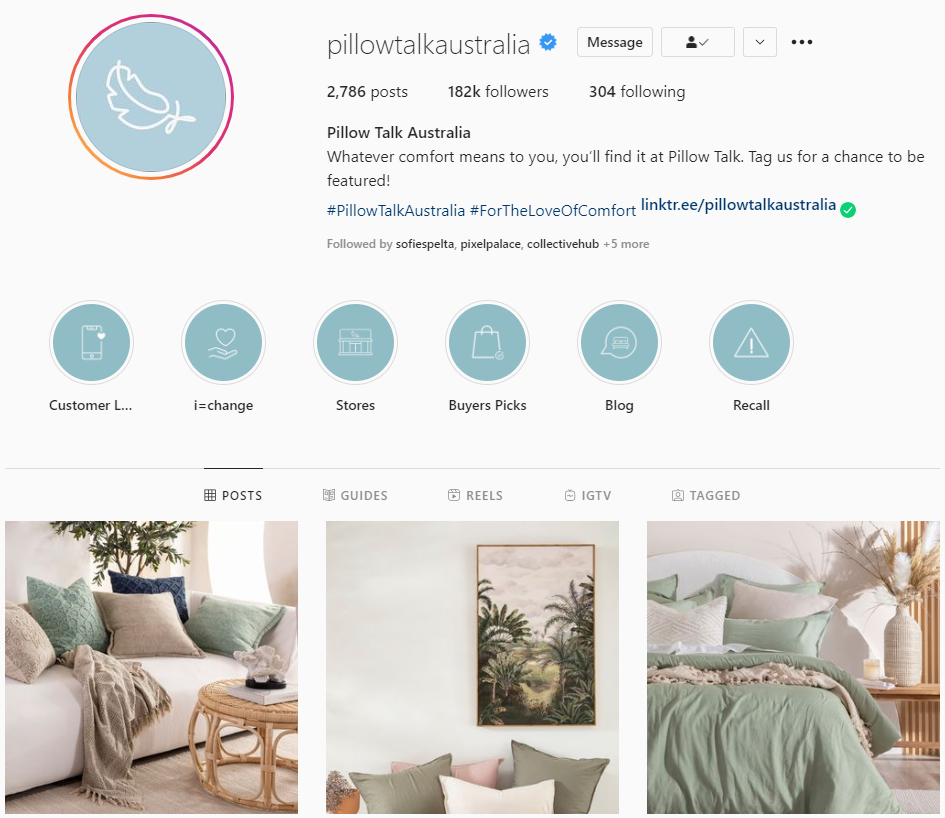
Brisbane Pilates studio, SoBa, regularly run competitions where followers must tag them in feed or story content for 30 days to enter the chance to win a studio pass.
Lean into your strengths
In today’s digital landscape, it can be easy to get distracted by what others are doing, and it’s undeniable that some businesses force trends which simply do not align with their branding and purpose.
If your strengths lie in writing, then write exceptional blog posts. If they lie in design, create beautiful infographics and eye-catching EDMs. If they lie in photography or videography, create content that stands out from the crowd and capitalises on your unique selling proposition.
Keep up with the latest social media, search engine and industry trends, but take everything with a grain of salt. If you aren’t comfortable with public speaking, you may not want to utilise webinars or Facebook live videos. Brainstorm a way for this information to be shared in a different way which leverages your strengths. In this example, an alternative may be pre-rehearsed, recorded and edited YouTube videos or detailed blog posts with links to great external resources.
You mustn’t work for the content, the content must work for you.
How to Use Content to Target Different Stages of the Marketing Funnel
Typically, the majority of content marketing targets top-of-funnel by building brand awareness, engagement and authority, however, it’s a no-risk or low-risk form of marketing which reaps huge benefits across each stage. By manipulating the messaging and content type in each stage, you can nurture potential customers further down the funnel until they become actual customers or clients.
Check out what types of content are generally attributed to each stage of the marketing funnel below.
Final Tips and Notes
Now that we’ve touched on everything, let’s sum it all up.
Content is, perhaps, one of the most effective forms of modern marketing. All businesses looking to stay relevant in today’s digital landscape ought to utilise it.
Contrary to popular belief, content is not just photography; content ranges from long-form blog posts to infographics, videos, social media, downloadables and more.
Content helps build businesses because it promotes industry authority, encourages interaction and shareability and significantly helps search engine optimisation. To ensure your content is engaging and high-quality, it’s essential to have a deep understanding of your target audience, utilise interactivity and lean into your strengths.
We love helping small to medium businesses with their SEO and Social Media Marketing content strategies. If you’re ready to increase your brand awareness, website traffic, leads and conversions, talk to one of our friendly Client Success Managers today! We look forward to hearing from you.

